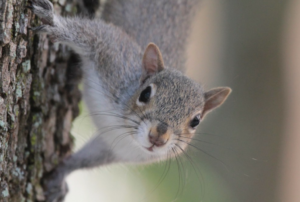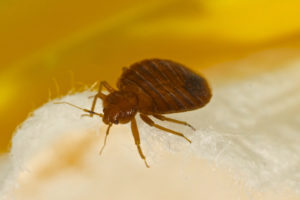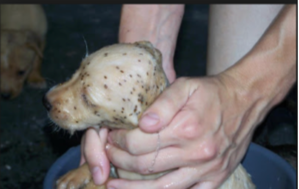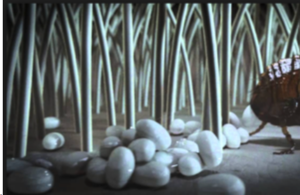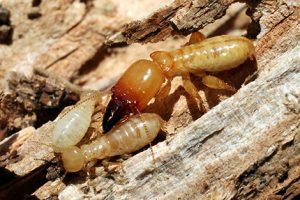Texas, San Antonio Termite Control
Termite control is a major concern with most Texas homeowners at some time in their life. In order to prevent certain species of termites from invading your home or commercial building, it is highly recommended to do Texas termite control regularly.
The biggest risks associated with termites are found with the damage that is created from their infestation, as well as the expense to repair Texas termite damage. Therefore, every homeowner in Texas should do regular termite inspections in order to prevent or eliminate this invading threat.
No other insect can make more damage to you home than that of these timber destroying pests. The structure of your Texas residence may be in danger as you discover areas that have either been softened or have begun to crumble apart as a result of termite infestation. The good news is that as a Texas homeowner you can consider a proactive approach to termite damage.
Unfortunately, most home owners in Texas are only proactive and call a Texas termite inspector when they are selling their home. Fact is however, that termite control measurements should be scheduled on an annual basis, and not simply a result of a home sale or purchase. During the time where your home is not being inspected, you will often discover various forms of termite infestation. As a homeowner, you would like to avoid the expenses which are associated with repairing termite damaged areas as a result of a termite infestation.
Utilizing a Texas termite control firm which uses high tech equipment to ensure your home is free and clear of termite infestation is well worth the expense. By using solutions that help in preventing infestation with subterranean or drywood termites, you will save money in the long run. Also by having termite inspections done on a regular basis, you will get rid of the risk associated with Texas termites and termite damage.
Of course, there are many more advantages that are available for any individual looking to utilize the services of a Texas termite control company, due to the likelihood of termites which are found in a Texas home. Eliminating the risk of termites is just one example of the preventative opportunities that are available with Texas Pest Control.
If you want to save thousands of dollars in damage repair costs, you should take preventive means to save your home from termites. Getting Texas termite inspections done once or twice in a year can save any home in Texas a lot of money.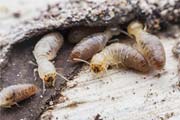
How to Control Termites
It is very important to know how to control termites, especially if you live in an older home made of wood or if you live in a warmer, more humid climate. Whether or not you already have an infestation, everybody should know how to control termites in order to prevent thousands of dollars of damage to your home and property. The first thing that should be done to control termites is to check and see if you have an infestation. Check your home and property for any rotting or damaged wood; including support beams and foundations as well as walls and floors. It would also be smart to check around foundations and in unfinished basements for tunnels in the mud that would indicate an infestation of subterranean termites.
Termites feed on the cellulose that is naturally found in wood, and can cause serious structural damage to a building. These pesky insects nest in the earth and cause damage to wood found closer to the ground. In homes and buildings, the damage caused by a termite infestation can be destructive and can be very expensive if not treated as soon as possible. If action is not taken immediately, the damage caused will gradually become worse and the affected structure will eventually become unsalvageable.
The effect of termite damage causes the wood’s overall integrity and reliability to become compromised. Only about a centimeter in length, these tiny pests can be subtle and relatively unnoticeable as they destroy the infested building. Every year, the damage caused by termite infestations is more than $100 million dollars. As deforestation occurs, termites have to take flight in search of alternative food sources. Since they are unable to determine or recognize the difference in food sources, anything that contains or has been built from wood can be an enticing meal. Because they eat cellulose, their diet has been known to include important papers, money, books, and furniture. Pool liners and filters have also been damaged.
For methods of how to control termites, there are several options available. The most obvious option would be to hire an exterminator, but this can be prohibitively expensive. It is possible to treat a termite infestation yourself. The first step is to go around the property and clean up any dead wood, branches, or log piles. Either remove these from the property or elevate them off of the ground so that termites cannot reach them. Next, seal up any cracks in the walls and foundations that the termites may be using to get into the house.
Finally, there are several products available for purchase used to kill termites. Termite bait is left near the infestation, and the termites carry it into the colony where the colony is poisoned and dies. There are also termite sprays available that kill termites on contact and can be used on partially exposed infestations. It would be best to combine both treatments for maximum effectiveness. Although everyone should know how to control termites, which method that is chosen to eradicate a current infestation is entirely up to the preference of the home owner. An exterminator would be expensive, but quick. If the home owner chooses to deal with the problem themselves, it may take longer, but the cost is much lower and the home owner is in full control of the chemicals used and their distribution.
Termite Varieties
Although termites are very small insects, they have voracious appetites. Unfortunately, their voracious appetites can result in many thousands of dollars of damages for property owners. Therefore, most property owners would probably benefit from learning more about termites. Although there are more than three hundred varieties of termites around the world, only four main varieties of termites are commonly found in the United States. The four varieties of termites found in the United States are Drywood, Dampwood, Subterranean, and Formosan termites.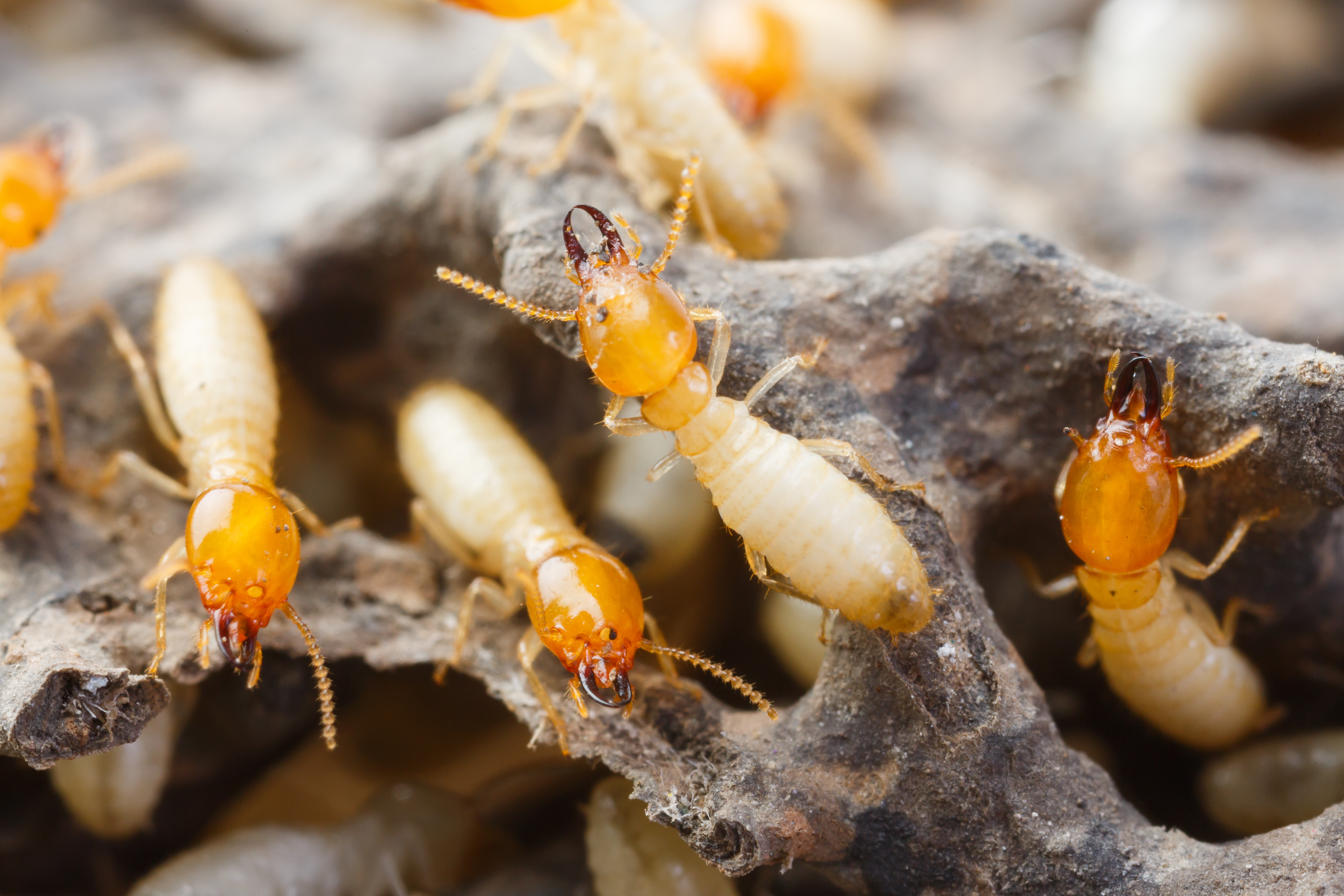
Drywood Termite
Approximately 3/8-inch long with a large brown head, drywood termites do not require any contact with the ground or with soil. These termites live exclusively in wood, digesting the cellulose they find in common wooden household items to obtain the moisture that they need. Drywood termites often create not just one or a few colonies, but instead create multiple colonies within a single structure. The most common way that property owners discover their property is infested with drywood termites is by seeing their fecal pellets. However, many property owners confuse the fecal pellets of the drywood termites with sawdust.
Dampwood Termite
Like drywood termites, dampwood termites do not live in the soil or ground. Instead, dampwood termites establish their colonies in rotting or damp wood. Thus, dampwood termites often can be found in decaying ground wood around the exterior of homes. To avoid property damage from dampwood termites, particularly in tropical or mild climates, property owners should address those interior and exterior areas of their structures that are prone to moisture.
Subterranean Termite
Of all the varieties of termites found in the United States, the subterranean termite is the most common variety. Subterranean termites are usually transparent and somewhat yellow in appearance. They usually have dark heads and pale bodies. Subterranean termites are most likely to swarm in the spring. In warmer climates, however, they may swarm throughout the year. Subterranean termites are known for creating large colonies with very long, intricate tunnel systems. Because subterranean termites require constant contact with a moisture source, their colonies are usually located in the soil. Subterranean termites build long tunnel tubes to reach food sources. Thus, property owners should look for these termite tubes in order to determine if their property is infested with subterranean termites.
Formosan Termite
Formosan Termite are sometimes referred to as “super termites”. Formosan termites are frequently considered to be the most destructive of all the varieties of termites in the world. They are usually a pale yellow in color, although the color of the kings and queens varies significantly from light to dark. Formosan termites have the largest colonies of any variety of termites.
These colonies can have as many as eight million members and be three hundred feet in size. Because the colonies are so large and formosan termites are so difficult to detect, they often do a tremendous amount of damage before they are discovered.
Because termite damage can be extensive and expensive to repair, property owners should be vigilant about inspecting their properties for the presence of termites. If they do not know what they are looking for, they should consider calling in experts to assist them in this process. The best way to avoid damage from termites is through prevention and maintenance. Property owners who properly prevent termite infestation and maintain their properties free of these pests avoid the need to repair termite damage later.
Drywood Termite Control
Drywood termites, as you most probably already know, are exceptionally secretive insects and it can be a real challenge to determine whether or not you are having a drywood termite infestation. Most often, people only realize that they have one too many termites in their home at a much later date and by then, the infestation would have got really bad. Drywood termites thrive best when they live deep inside wood, so the only chance you will actually have to detect drywood termite activities in your home would be the period when the insects swarm. Basically, drywood termite colonies tend to be small but widely dispersed and the colonies only mature when left unchecked over several years, so if you are a responsible homeowner, then you may be able to avoid a full-scale infestation by investigating the presence of termites every so often.
Drywood termite treatment starts with making sure that you are actually having a drywood termite problem. In general, because drywood termites are not exactly huge in nature and they do tend to be quite secretive, detection of whether or not you have drywood termites feeding on your pieces of furniture might not always be as easy as you would have liked it to be. A full-scale investigation of your home will most probably require you to move around panelings as well as stuccoes. For effective drywood termite treatment, you will need to look for things such as signs of feeding damage, shed wings, termite fecal pellets, as well as kickout holes.
Drywood termite treatment methods are basically of two types and these are whole-structure drywood termite treatment or localized drywood termite treatment. To learn more about these technical terms, read on.
By definition, a whole-structure drywood termite treatment is the simultaneous treatment of all infestations in a structure, while a localized or spot treatment has more to do with a restrictive control method which addresses a single issue.
1. For whole structure drywood termite treatment, fumigants are used to treat infestations simultaneously. In general, fumigation shows a relatively high success rate and your home should be termite-free within days. Alternatively, if you do not wish to invade your home with smoke, you can make use of what is known as a heat treatment. Heat treatment is basically a non-chemical drywood termite treatment, which has been used for decades now. The treatment process basically involves heating all wood at a temperature of 120°F and above for no less than 35 minutes.
2. For localized drywood termite treatment, you can choose to make use of an aerosol spray or a liquid insecticide. The dust formulations are also known to work quite remarkably although it is highly recommended that you pay special attention to the instructions on the label of the insecticide you choose to use. Not all insecticides function the same way. In general, chemical control for drywood termite treatment shows a success rate that can range from 33% to 100%.
Drywood termites are basically primitive termites that cause much damage but often go unnoticed by homeowners for the simple reason that they are really similar to the very popular subterranean termites. Drywood termites belong to what is known as the Kalotermitidae family. As a general rule, most drywood termites only infest in dead trees.
Perhaps the biggest problem where drywood termite control is concerned is actually finding the very elusive nest locations. Basically, drywood termites form relatively small colonies so it can be quite hard to locate where they actually have their nests concealed. Apart from that little consideration, drywood termite control is pretty straightforward.
It is generally acknowledged that the most probable locations for drywood termites to build their nests are places such as the inside of furniture, the inside of wall studs, or even framing structures. It is very unlikely for you to find nests in wall voids so there is no point in you looking there. In fact, perhaps the easiest way for you to discover drywood termite nests is to actually study the wood surfaces around your personal space, they might have a lot to reveal.
Basically, drywood termites are known to chew away wood until only a thin sheet remains separating the termites from the environment, pretty clever little creatures, don’t you think? Anyway, the thing is, it might not always be easy for you to spot drywood termite infestation. Sometimes by the time you discover you have an infestation, your furniture is positively gone.
To identify a drywood termite infestation, you need to watch out for things such as piles of frass or even pieces of wood chippings. If you suspect an infestation, before you undertake any form of drywood termite control, you might want to tap rather soundly the furniture around your home and watch out for any falling frass.
Once discovered, drywood termites can be treated on the spot by injecting a generous amount of insecticide into any nest you discover. As for the larger infestations, you might need some more serious drywood termite treatment. Fumigation, for instance, might control several colonies in one go.
On a separate note, you might also consider a few non-chemical drywood termite control treatments such as heat treatments and such things.
Call our San Antonio Pest Control Experts for a Termite Inspection Today!
The post Texas, San Antonio Termite Control appeared first on Jenkins Pest.
from Jenkins Pest https://jenkinspest.com/2017/11/02/texas-san-antonio-termite-control/
via https://jenkinspest.com
